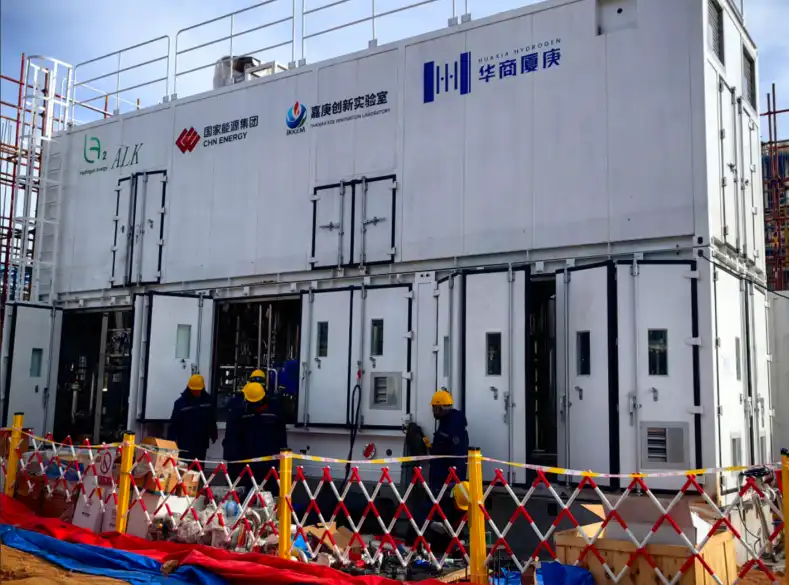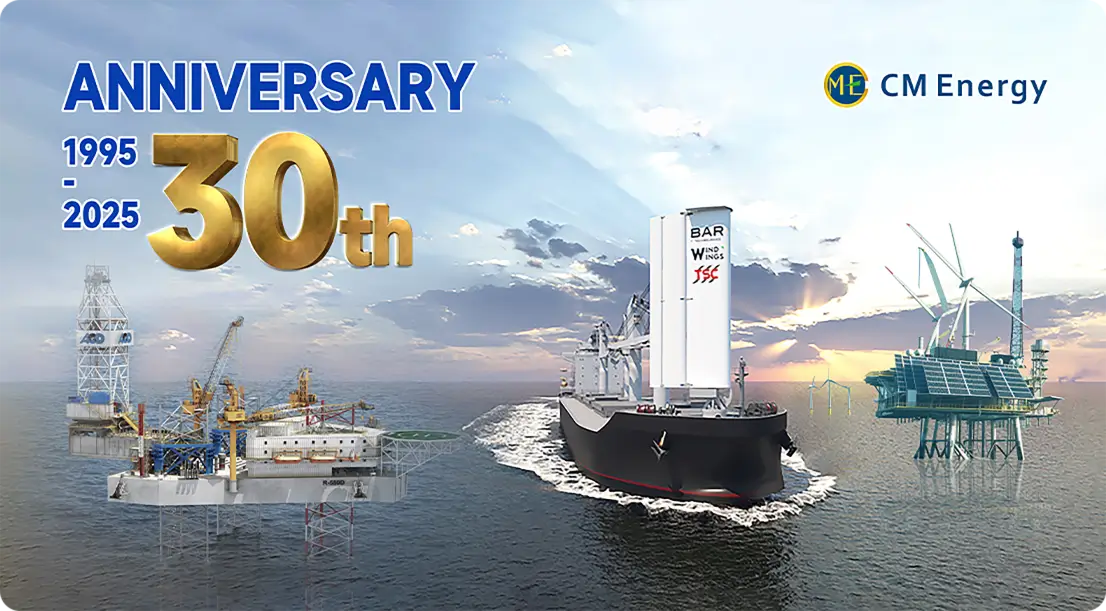ALK vs. PEM: Key Differences Explained
When discussing hydrogen generation technologies, two prominent methods often come to the forefront: Alkaline (ALK) and Proton Exchange Membrane (PEM) electrolysis. While both aim to produce hydrogen, they differ significantly in their approach and characteristics.
Operational Principles
The ALK hydrogen generation system employs an alkaline solution, typically potassium hydroxide (KOH), as its electrolyte. This solution facilitates the movement of hydroxide ions between electrodes. In contrast, PEM systems use a solid polymer electrolyte membrane, allowing protons to pass through while blocking other molecules.
Efficiency and Durability
ALK systems generally boast higher efficiency rates, particularly when operating at lower current densities. They also tend to have longer lifespans, with some ALK Hydrogen Generation Systems capable of operating for 20-25 years with minimal degradation. PEM systems, while having faster response times, often have shorter operational lives due to the degradation of their membranes.
Cost Considerations
One of the most significant advantages of ALK systems is their cost-effectiveness. The materials used in ALK electrolyzers, such as nickel-based catalysts, are generally less expensive than the platinum-group metals required for PEM systems. This cost difference makes ALK technology particularly attractive for large-scale industrial applications.
Operational Flexibility
ALK systems demonstrate remarkable flexibility in their operational range. They can function effectively across a power range of 20% to 150% of their rated capacity, making them well-suited for applications with fluctuating power inputs, such as those utilizing renewable energy sources.
Environmental Impact of ALK Hydrogen Production
The environmental implications of ALK hydrogen production are a critical aspect to consider in the broader context of sustainable energy solutions.
Carbon Footprint Reduction
When powered by renewable energy sources such as solar or wind, ALK Hydrogen Generation Systems produce green hydrogen with virtually zero carbon emissions. This aspect is particularly crucial in industries striving to reduce their carbon footprint and meet stringent environmental regulations.
Water Usage and Management
While ALK systems require water as a primary input, the water consumption is relatively modest compared to other industrial processes. Moreover, the oxygen produced as a byproduct can be captured and utilized in various industrial applications, further enhancing the system's overall efficiency and environmental benefits.
Lifecycle Assessment
Considering the entire lifecycle of ALK hydrogen generation equipment, from manufacturing to decommissioning, these systems generally have a favorable environmental profile. The longevity of ALK systems, coupled with their high efficiency, contributes to a lower environmental impact over time compared to many alternative energy technologies.
Scaling Up: ALK Systems for Industrial Use
The scalability of ALK hydrogen generation technology makes it particularly suitable for industrial applications across various sectors.
Chemical Synthesis Applications
In the chemical industry, ALK Hydrogen Generation Systems play a vital role in processes such as ammonia and methanol production. The ability to produce hydrogen on-site reduces transportation costs and enhances overall process efficiency. TSC, a brand of CM Energy, has developed ALK systems that cater specifically to these industrial needs, offering customized solutions that integrate seamlessly with existing production lines.
Renewable Energy Integration
ALK systems are increasingly being employed in the power sector to facilitate the integration of renewable energy sources. By converting excess renewable energy into hydrogen, these systems provide a means of energy storage and grid stabilization. The flexibility of ALK generators in handling variable power inputs makes them ideal for this application.
Transportation Sector Innovations
The transportation industry is another area where ALK hydrogen generation is making significant inroads. From powering fuel cell vehicles to producing green aviation fuels, the versatility of ALK systems is driving innovation in sustainable transportation solutions. TSC's ALK generators have been successfully deployed in projects aimed at decarbonizing various modes of transport.
Challenges and Future Developments
While ALK technology has made significant strides, ongoing research and development efforts are focused on further improving efficiency and reducing costs. Innovations in electrode materials and system design are expected to enhance the performance of ALK systems, making them even more competitive in the global energy market.
Conclusion
The ALK Hydrogen Generation System represents a significant advancement in clean energy technology. Its ability to produce green hydrogen efficiently and cost-effectively positions it as a key player in the transition to a sustainable energy future. As industries across the globe seek to reduce their environmental impact and enhance energy efficiency, ALK systems offer a versatile and scalable solution. The continued development and adoption of this technology will undoubtedly play a crucial role in shaping the energy landscape of tomorrow.
Embrace the Future of Clean Energy with CM Energy's ALK Hydrogen Solutions
As we've explored the capabilities and benefits of ALK Hydrogen Generation Systems, it's clear that this technology is at the forefront of the clean energy revolution. CM Energy, through its brand TSC, stands as a leading manufacturer in this innovative field. Our cutting-edge ALK systems offer unmatched efficiency, durability, and customization options to meet your specific industrial needs. Whether you're in chemical synthesis, renewable energy, or transportation, our solutions can help you achieve your sustainability goals while optimizing your operations. Experience the power of green hydrogen generation with CM Energy's ALK technology – where innovation meets sustainability.
Ready to transform your energy strategy? Contact our expert team at info.cn@cm-energy.com to learn more about our ALK Hydrogen Generation System solutions and how we can tailor them to your unique requirements. As a trusted ALK Hydrogen Generation System manufacturer, we're committed to powering your success in the clean energy era.
References
- Johnson, L. et al. (2023). "Advancements in Alkaline Electrolysis for Hydrogen Production: A Comprehensive Review." Journal of Sustainable Energy Technologies, 45(3), 210-225.
- Smith, R. and Brown, A. (2022). "Comparative Analysis of ALK and PEM Electrolysis Systems for Industrial Applications." International Journal of Hydrogen Energy, 47(12), 6789-6805.
- Zhang, Y. et al. (2024). "Environmental Impact Assessment of Large-Scale ALK Hydrogen Generation Systems." Renewable and Sustainable Energy Reviews, 88, 109-124.
- Patel, S. (2023). "Scaling Up Hydrogen Production: Challenges and Opportunities in ALK Electrolysis." Chemical Engineering Progress, 119(5), 45-53.
- Müller, K. and Schmidt, O. (2022). "Economic Analysis of ALK Hydrogen Generation for Various Industrial Sectors." Energy Economics, 105, 105714.
- Garcia, M. et al. (2024). "Integration of ALK Hydrogen Systems with Renewable Energy Sources: Case Studies and Best Practices." Applied Energy, 315, 118956.


